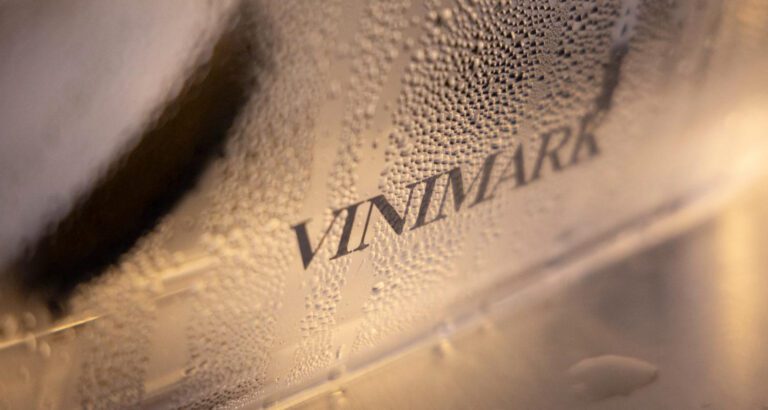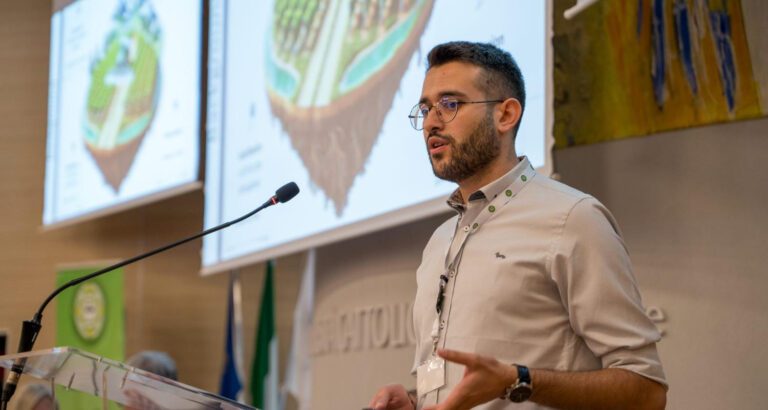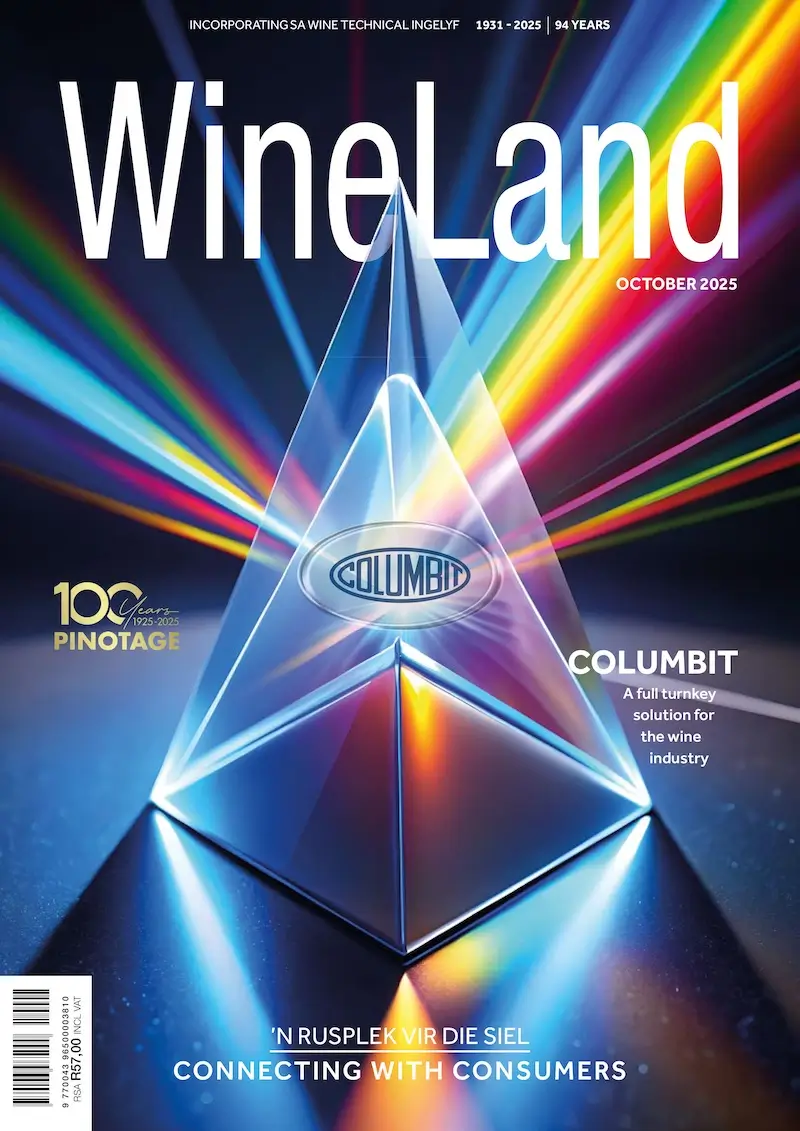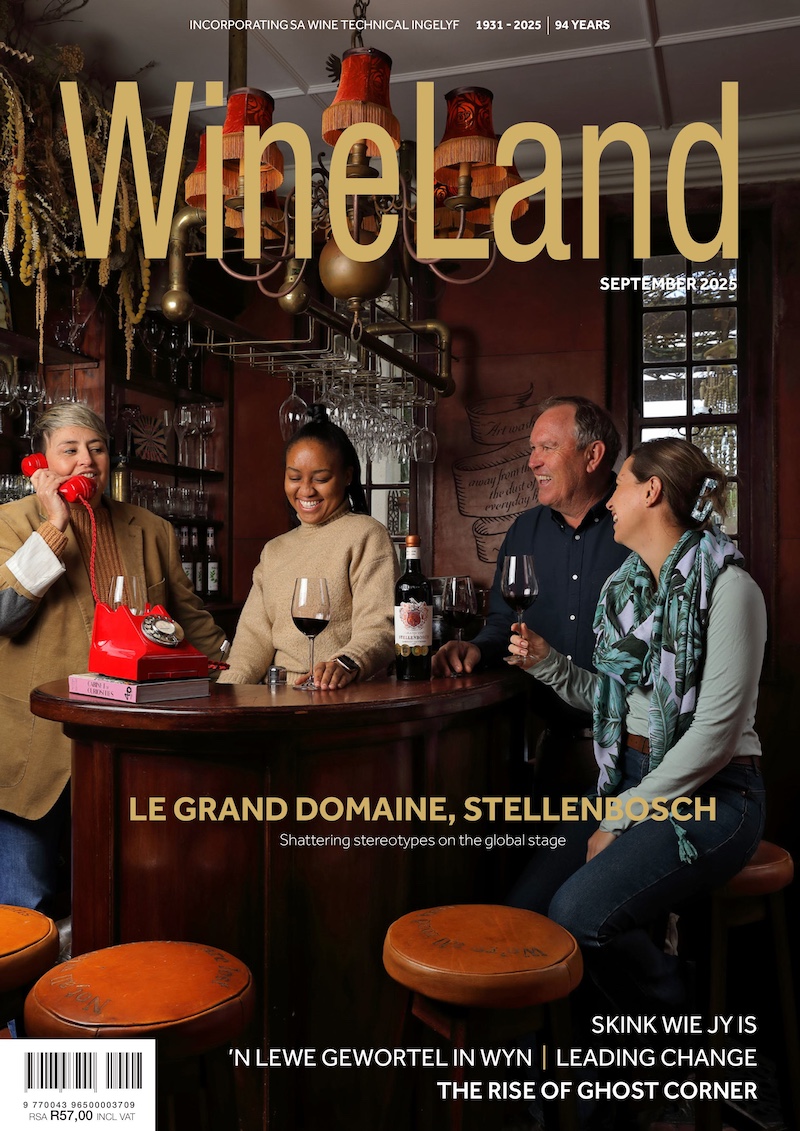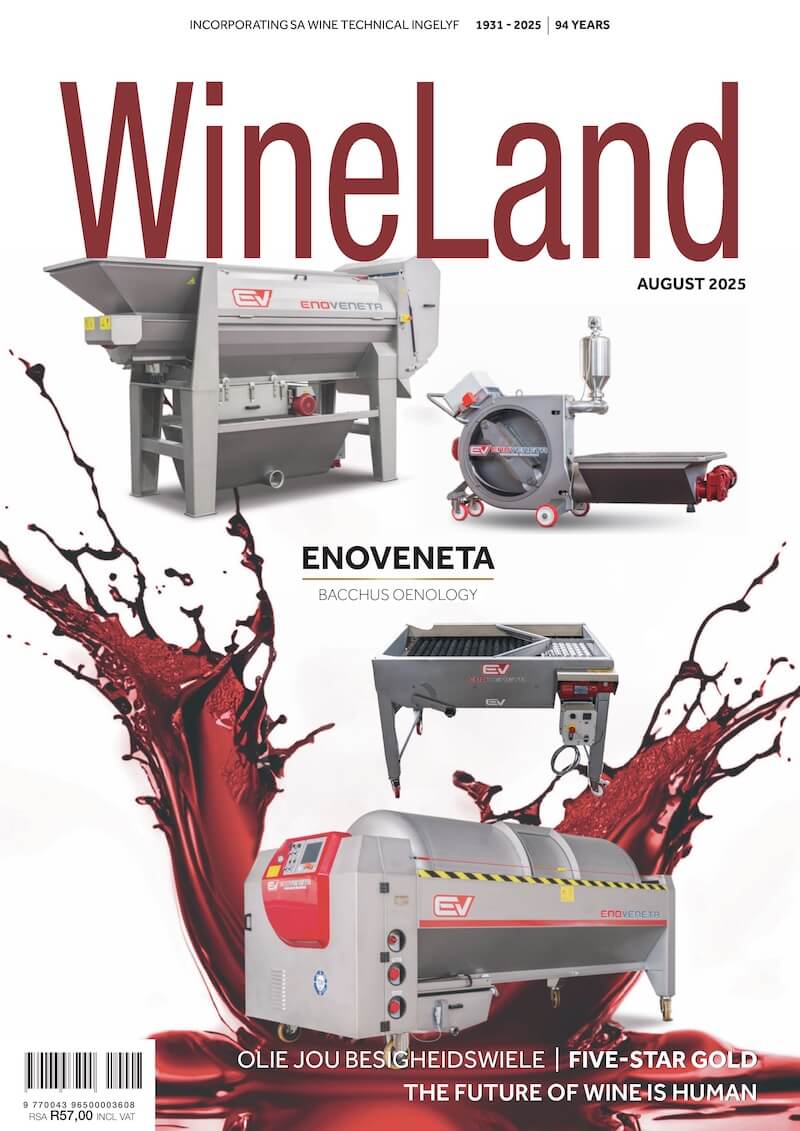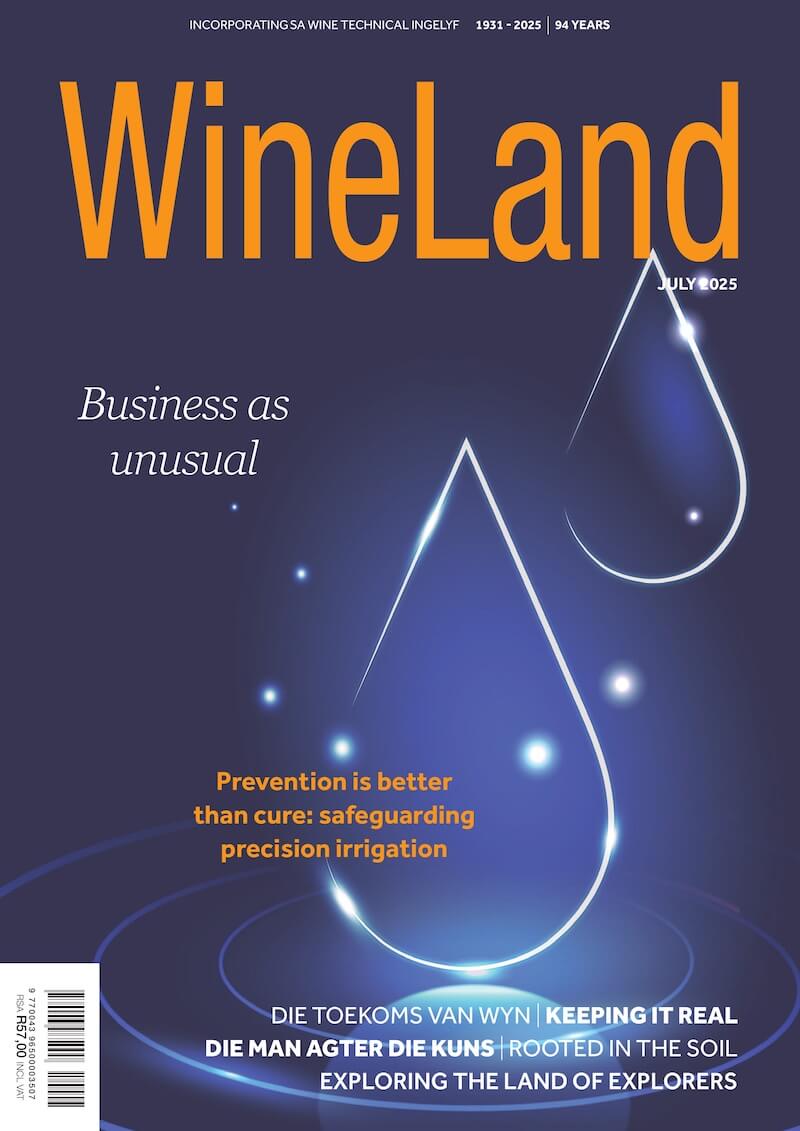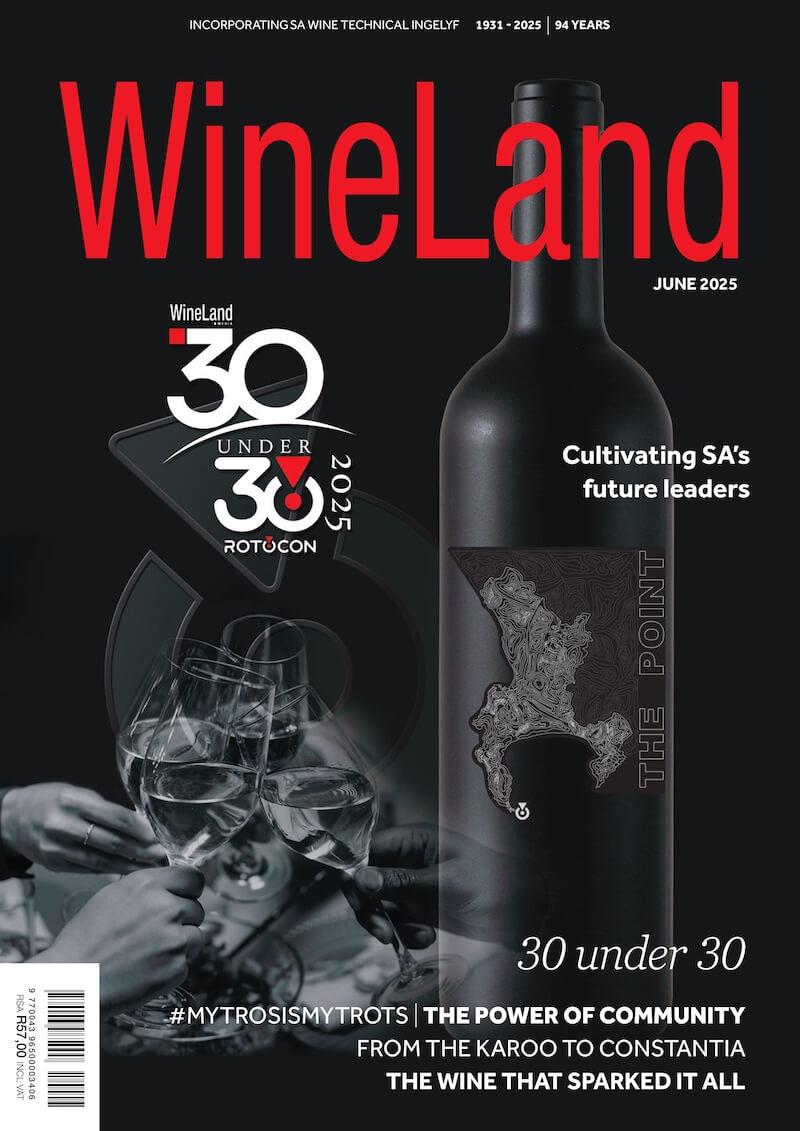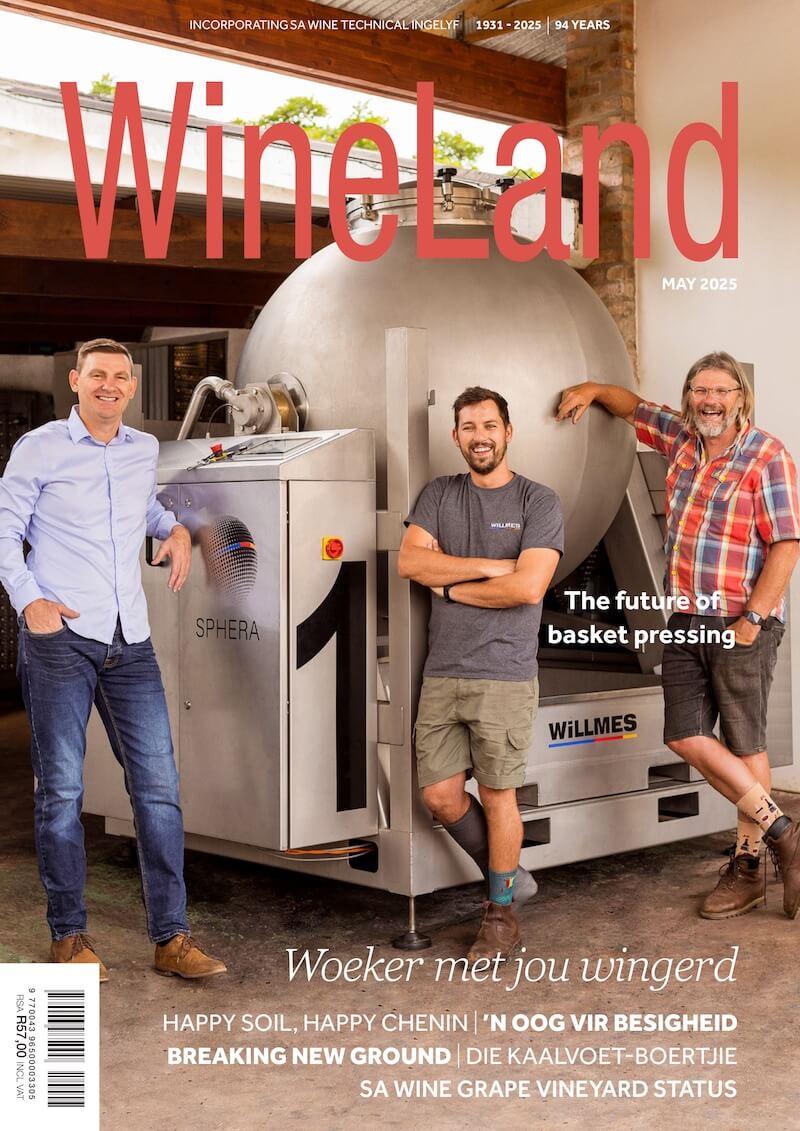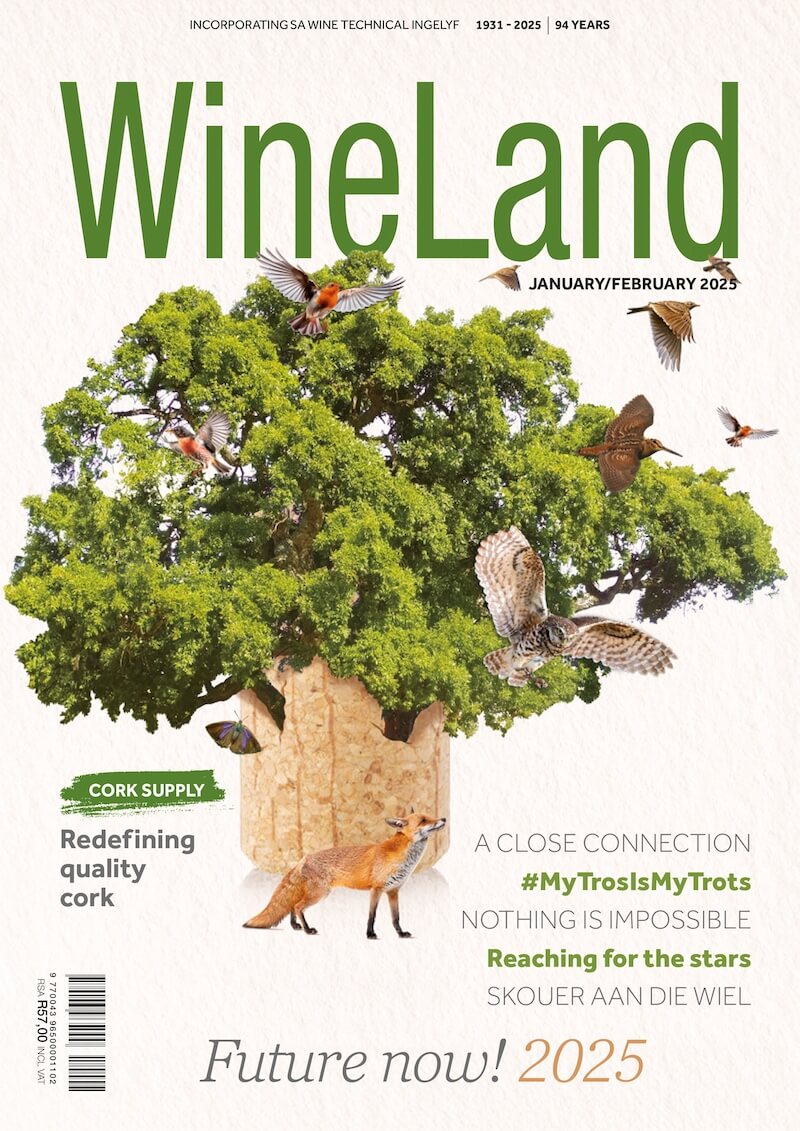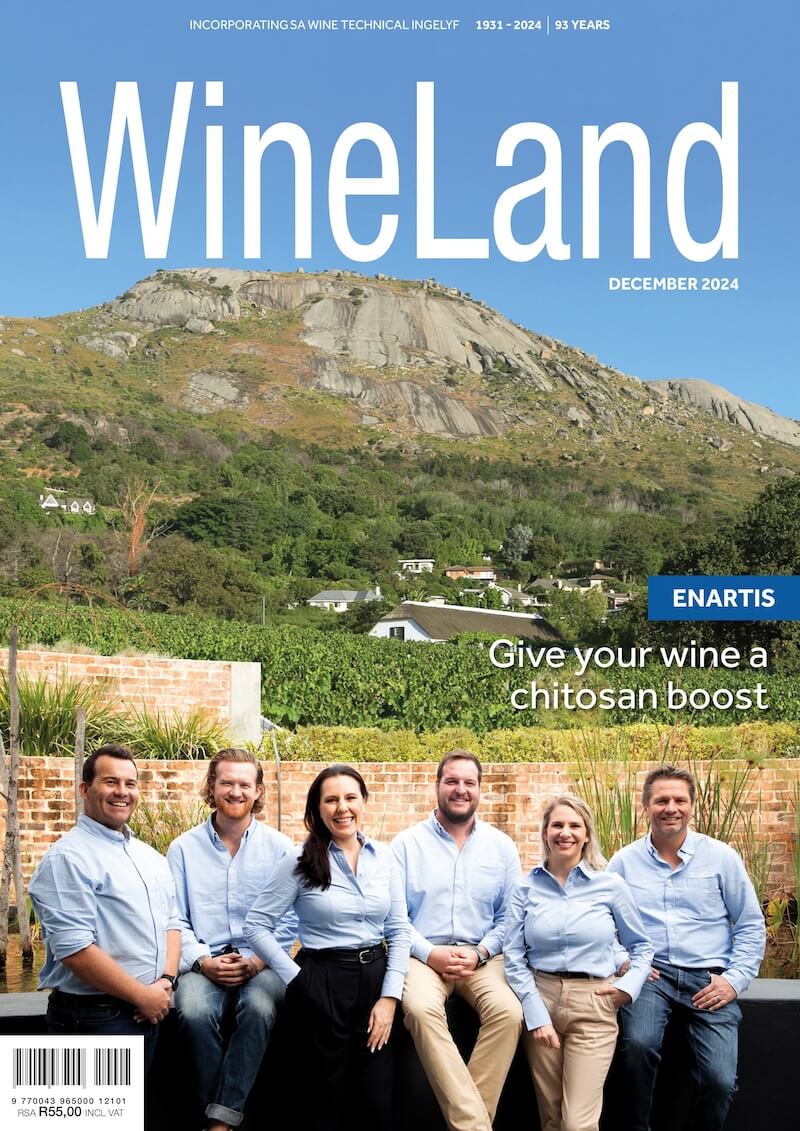Storytelling is a way of thinking that everybody in the wine value chain should be familiar with. Stories can weave the tapestry of a winery’s people, history, vineyards and craftsmanship into an engaging narrative that connects them with consumers, transforming a simple bottle of wine into an unforgettable experience.
If we want consumers to arrive at our doorstep, we must guide them on the journey. This journey starts the moment a customer picks up a bottle from the shelf or steps through the door to ask the way to the bathroom. Make sure it doesn’t end there.
Consumers are already overwhelmed by too much information and confused by too many choices, technical jargon and obscure tasting notes. It’s no wonder they feel intimidated, according to Paul Wagner of Napa Valley College’s Viticulture and Enology department. Paul is a noted sales and marketing specialist, author, educator, wine judge, and a gifted storyteller.
Unfortunately, the wine industry often misdiagnoses the problem and ends up prescribing the wrong cure.
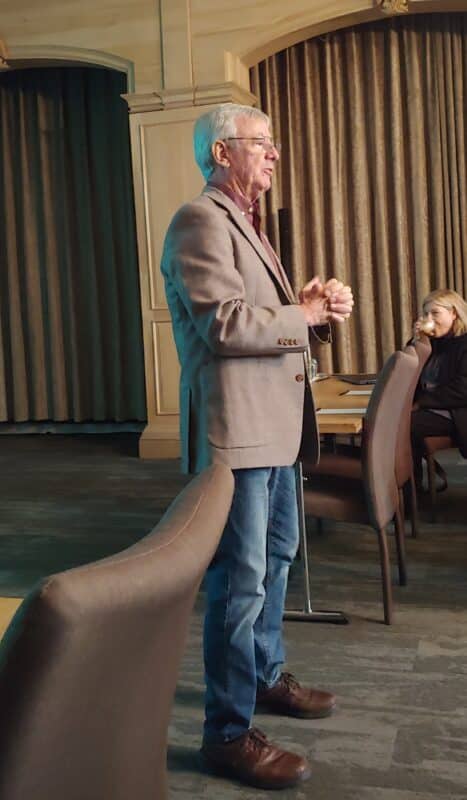
Paul Wagner, Instructor at the Department of Viticulture and Winery Technology and McPherson Distinguished Teacher, presenting a talk on storytelling at Lanzerac Estate.
The miseducation of a consumer
The problem isn’t education, Paul says. “People don’t know how Coke is made, and yet they buy 6 trillion cans a year!”
Poor sales won’t be solved by better tasting notes, he explains. “There have been studies that show if you describe the way your wine or beer tastes in detail to your customers, you reduce sales by 40%.” Formal tasting notes tend to exclude newcomers from the spontaneous experience of discovering and enjoying a product they don’t quite understand and is more likely to make them feel inadequate and uninformed.
Tasting notes can also set consumers up for failure by making them think they should be able to pick up nuances and characteristics – even though the most discerning palates in the world often get it wrong. It’s better to surprise or entertain, Paul suggests. “Aim to elicit a chuckle or a gasp. The same is true for describing your winery or your winemaker.”
“We’re a small family-owned winery”
Many wineries try to distinguish themselves with exactly the same message. ‘We carefully select our vineyards and handcraft our wines,’ they would say. ‘Look, we won some awards!’ Even though the description might be perfectly true, it’s also cliché.
And that makes it forgettable.
A winery’s marketing should instead focus on getting visitors to remember the brand long after their first visit. Salespeople should be well-trained and working off a script that leads customers through all the talking points. Otherwise, the customers decide where the conversation goes. “There must be a balance between entertaining and informing,” Paul says. “You cannot intellectually convince a customer that your wine is good. That has to be done on an emotional level. People don’t want details; they want to fall in love.”
Stop talking about quality
Most producers make quality wines, and no winery thinks they’re making bad wine. Talking about a focus on quality or the uniqueness of terroir can only be a prelude to talking about something else: people. “Rocks and rainfall do not make wine; people do,” Paul says.
The winemaker has a much stronger influence on the quality and style of a wine than terroir, and a winery’s marketing should reflect that. “We talk about how the wine is made; consumers want to know why it’s made. I want to know the winemaker’s vision and what inspires them.”
Consumers are especially looking for authenticity and personality. Authenticity doesn’t mean true varietal character or regionality. “Wineries should be talking about the culture of a region, not the rocks and the rainfall,” Paul suggests. He compares a region’s wine to building a large cathedral. “A cathedral is built over generations by a group of people who share a vision, their loves, hopes, and dreams. It’s an intimate expression of the region’s culture.”
The wine is something that belongs to them, but also something to which they belong. “Authenticity and personality means real wine from a real person.”
The foundations of a good story
To be authentic, rather than generic, means to know who your audience is. That’s also the first foundation of a good story. If front-of-house personnel aren’t properly trained, the danger is that they will follow a cookie-cutter approach and tell the same story, regardless of whether they’re a young wine drinker or an experienced sommelier. “The first mistake in telling a story is not listening to your audience,” Paul warns. “The second is not knowing how much time you have. Have multiple versions of your story prepared and have a ‘bag of tricks’.”
Good storytelling is also good at commanding attention. A way to do that is to encourage participation, or to start with something unexpected. Once you have their attention, follow up with something intriguing or tantalising that keeps them hooked.
Finally, find ways to convey knowledge, luxury and class, which establishes your credibility. One way to do that without seeming like a pedantic know-it-all is by using self-deprecating humour, which allows an audience to learn something from you without feeling uninformed.
“A story has to be about people,” Paul says. “You cannot tell a story about oak barrels or malolactic fermentation. You can’t tell a story about anything we talk about in the world of wine; you have to tell stories about people.”
“The end goal is to be memorable. A memorable story is so good that you’ll remember it even if you forget the name of the wine or the person who told it to you. It’s a story that’s so good that you go home and tell your friends and family about it. That’s when a customer becomes an evangelist and missionary for the brand.”


